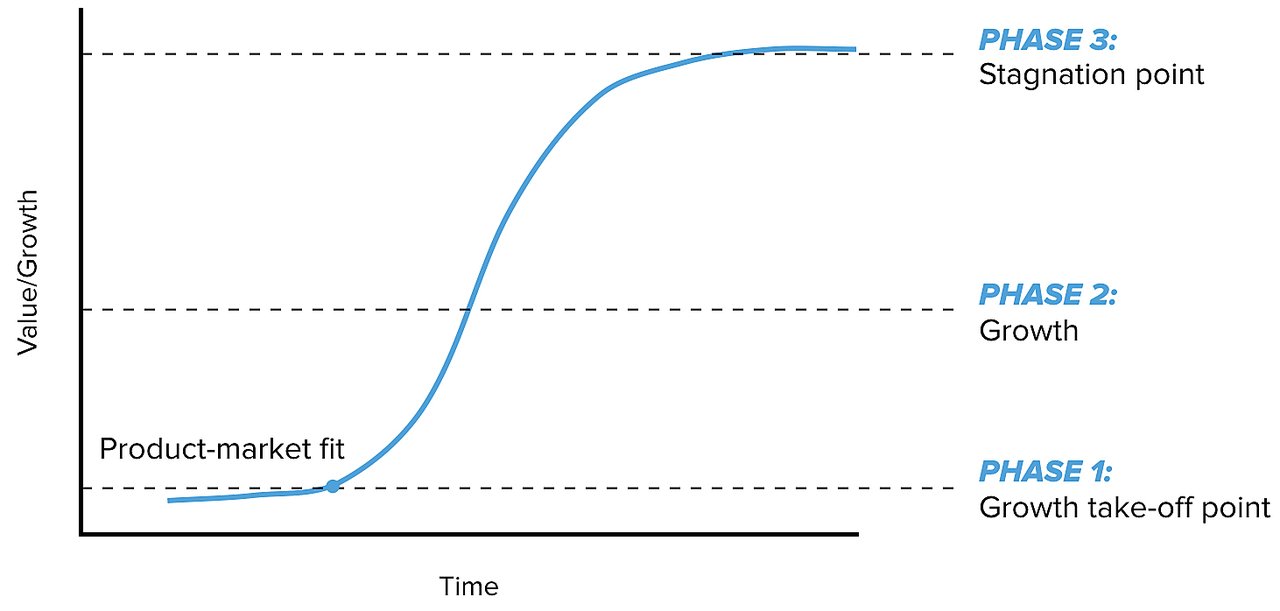In a world obsessed with the next trendy diet, a revolutionary eating concept has quietly taken center stage – intermittent fasting. This unconventional approach to nutrition flips the script on traditional eating habits and unveils a captivating world of health benefits. Welcome to the realm of “Intermittent Fasting: Exploring Eating Windows for Health.” Brace yourself as we embark on a journey to uncover the secrets of this fascinating eating pattern. Delve into the science, debunk the myths, and discover a realm where eating is not just about indulgence, but a catalyst for a healthier you.
Exploring the Benefits of Intermittent Fasting: How Eating Windows Can Improve Your Health
Eating windows, a key aspect of intermittent fasting, have gained attention for their potential health benefits. By restricting the time window in which you consume your meals, this dietary approach is believed to promote weight loss, improve metabolic health, and boost overall well-being. Let’s delve into the advantages of intermittent fasting and how eating windows can positively impact your health.
1. Enhanced Weight Management: With intermittent fasting, eating windows help regulate calorie intake by limiting the time during which you can consume food. This can lead to a reduction in overall energy intake, making it easier to achieve and maintain a healthy weight. Moreover, fasting for extended periods allows your body to tap into stored fat as an energy source, aiding in fat burning. 2. Improved Metabolic Health: Research suggests that intermittent fasting can enhance insulin sensitivity, helping control blood sugar levels and reducing the risk of type 2 diabetes. Additionally, it has been shown to decrease inflammation and improve various metabolic markers, such as cholesterol and triglyceride levels. The controlled eating windows enable your body to better utilize nutrients and promote a healthier metabolism.

Optimizing Your Eating Window: Understanding Different Time Frames for Intermittent Fasting
< h2 >< /h2 >
Intermittent fasting has gained immense popularity in recent years for its potential health benefits. One key aspect of this fasting approach is determining the optimal eating window, the time frame in which you consume your daily calories. By strategically planning your eating window, you can maximize the potential benefits of intermittent fasting, such as weight management and improved metabolic health.
When it comes to intermittent fasting, there are several different eating windows to consider. Let’s explore some of the most common options:
< ul >
< li >< strong >16:8 Method: This popular approach involves fasting for 16 hours and restricting your eating to an 8-hour window. This typically means skipping breakfast and beginning your eating window around noon, and finishing your last meal by 8 pm. This method allows your body to tap into stored fat for energy during the fasting period.
< li >< strong >12:12 Method: If you’re new to intermittent fasting, this approach might be a good starting point. With a 12-hour fasting window and a 12-hour eating window, it’s relatively easier to adjust to. For example, you could start your fasting period after dinner and break it with a healthy breakfast the following morning.
< /ul >
Finding the right eating window for you depends on your lifestyle and personal preferences. Some people thrive on longer fasting periods, while others may prefer shorter windows. It’s important to experiment and listen to your body to find what works best for you. Remember, it’s not just about the time frame, but also the quality and nutrient density of the food you consume during your eating window. So, optimize your intermittent fasting journey by exploring different eating windows and find the one that aligns with your goals and keeps you feeling satisfied and energized throughout the day.
Finding the Right Approach: Tailoring Your Eating Window to Fit Your Lifestyle
When it comes to intermittent fasting, finding the right approach is crucial. One of the key factors to consider is tailoring your eating window to fit your lifestyle. With so many different eating window options available, it’s essential to explore and experiment to find the method that works best for you. Whether you’re a busy professional, a stay-at-home parent, or someone with specific dietary needs, there’s an eating window out there that can align with your unique schedule and preferences.
One popular approach to intermittent fasting is the 16/8 method, which involves fasting for 16 hours and consuming all meals within an 8-hour window. This window can be adjusted to suit your daily routine, whether it’s from early morning to early evening or from midday to late evening. Another option is the 20/4 method, where you fast for 20 hours and consume all your meals within a 4-hour window. This shorter eating window can be more challenging initially, but it offers increased fasting benefits.
Depending on your lifestyle, you can experiment with different eating windows to find what suits you best. Some individuals prefer an early time-restricted feeding window, where they stop eating in the early afternoon, while others prefer a later window that accommodates social gatherings or family dinners. Additionally, if you have specific dietary needs, such as a preference for consuming larger meals or a need for more frequent snacking, you can adjust your eating window accordingly. By tailoring your approach, you can make intermittent fasting a sustainable and enjoyable part of your lifestyle.

Staying Healthy and Balanced: Expert Recommendations for Intermittent Fasting
Intermittent fasting has gained popularity as an effective way to promote weight loss and improve overall health. But with so many different approaches and eating windows to choose from, it can be overwhelming to know which one is right for you. Fortunately, we have gathered expert recommendations to help you navigate the world of intermittent fasting and find a balance that works for your body and lifestyle.
1. 16/8 Method: This method involves fasting for 16 hours and limiting your eating window to 8 hours each day. It is a popular choice because it aligns well with most people’s daily routines. Start by skipping breakfast and enjoying your first meal in the late morning or early afternoon. Then, have your last meal in the evening. Remember to stay hydrated during your fasting window, as water, herbal teas, and black coffee are permitted.
2. 5:2 Diet: This approach involves eating normally for five days of the week and drastically reducing calorie intake (to around 500-600 calories) on the remaining two days. It is important to plan these fasting days strategically to avoid compromising your energy levels. Choose non-consecutive days for fasting, and make sure to focus on nutrient-dense foods during your eating days to maintain a balanced diet.
To Conclude
As we wrap up our exploration of intermittent fasting and the fascinating concept of eating windows for improved health, we are left with a sense of wonder and curiosity. This ancient practice, which has stood the test of time, offers a fresh perspective on our approach to nourishment and wellbeing.
With each passing day, researchers are uncovering more evidence to support the numerous benefits of intermittent fasting. From weight loss and improved blood sugar control to increased longevity and enhanced brain function, the potential advantages are truly remarkable. It’s as if a hidden door to optimal health has been opened, inviting us to step through and embrace a new way of eating.
In this article, we delved into the various types of intermittent fasting schedules and the flexible eating windows they offer. From the popular 16:8 method to the more challenging 20:4 approach, the options are as diverse as the individuals embarking on this transformative journey. By restricting our calorie intake during specific time periods and allowing our bodies to comfortably fast, we tap into the inherent power of our metabolism and ignite a natural renewal process.
But intermittent fasting is not merely a dietary fad or a fleeting trend. It requires dedication, discipline, and a mindful shift in our relationship with food. It demands that we listen to our bodies, recognize their cues, and respect their needs. It challenges us to prioritize our health, both in the short term and for the long haul.
As we bid farewell to this exploration of intermittent fasting, we encourage you to embark on your own quest for self-discovery. Experiment with different eating windows, find the schedule that resonates with you, and observe the changes unfolding within. Remember, this is an individual journey, and what works for one person may not work for another. So, be patient, be kind to yourself, and give your body the time it needs to adapt.
Let intermittent fasting be your guide, as you embrace the potential for improved physical health, mental clarity, and emotional wellbeing. Unlock the secrets of ancient wisdom and harness the power of your own biology. Step into the realm of eating windows, and may your path towards optimal health be as transformative as it is fulfilling.



